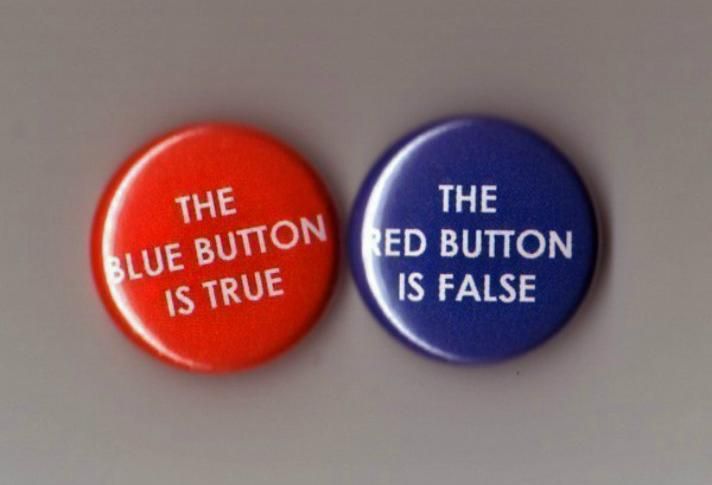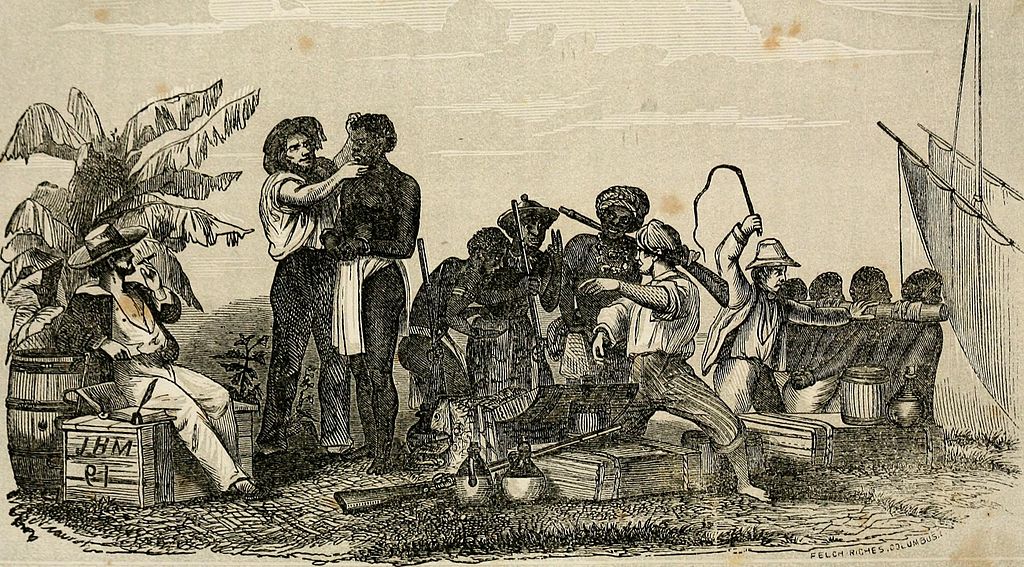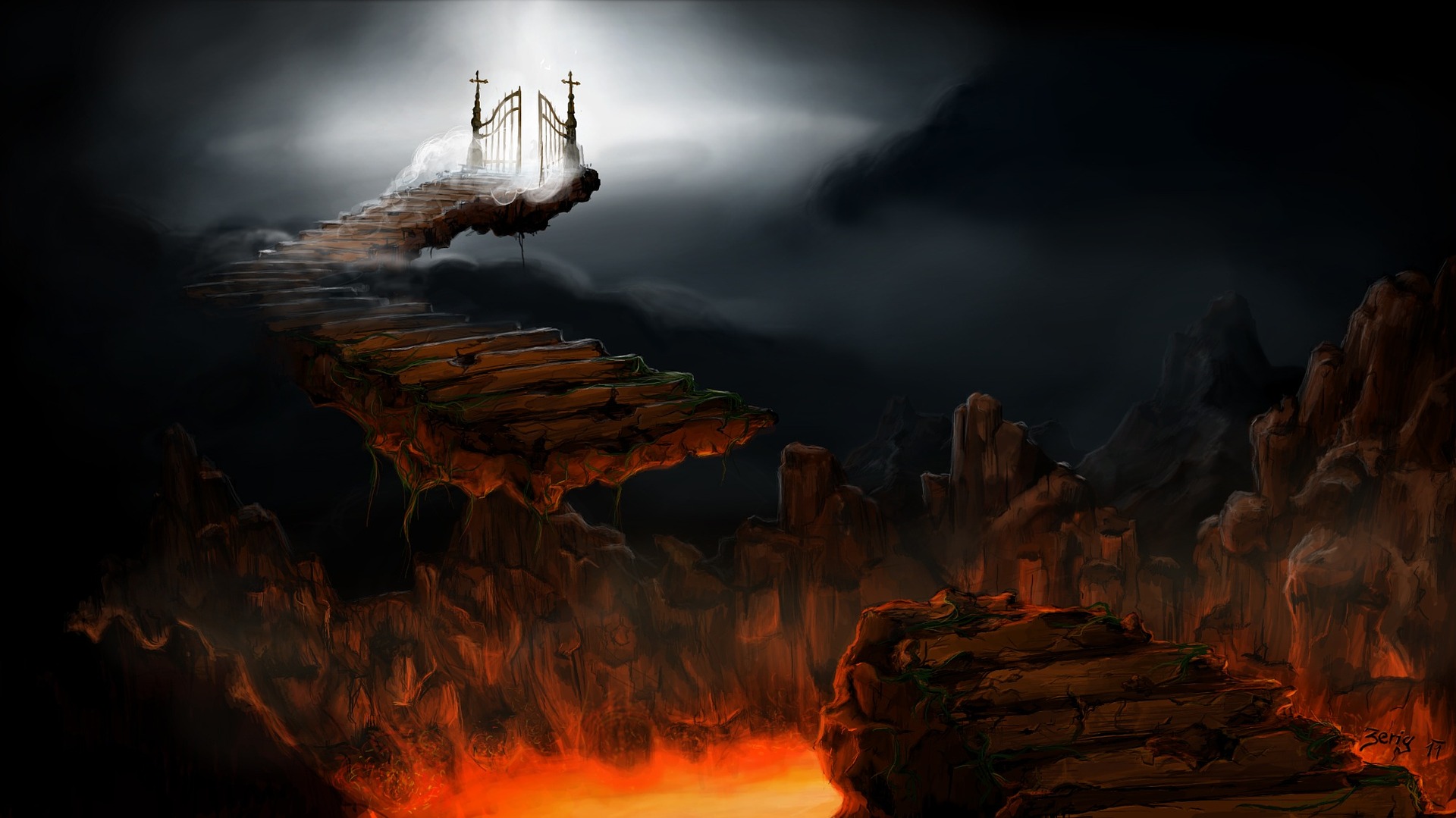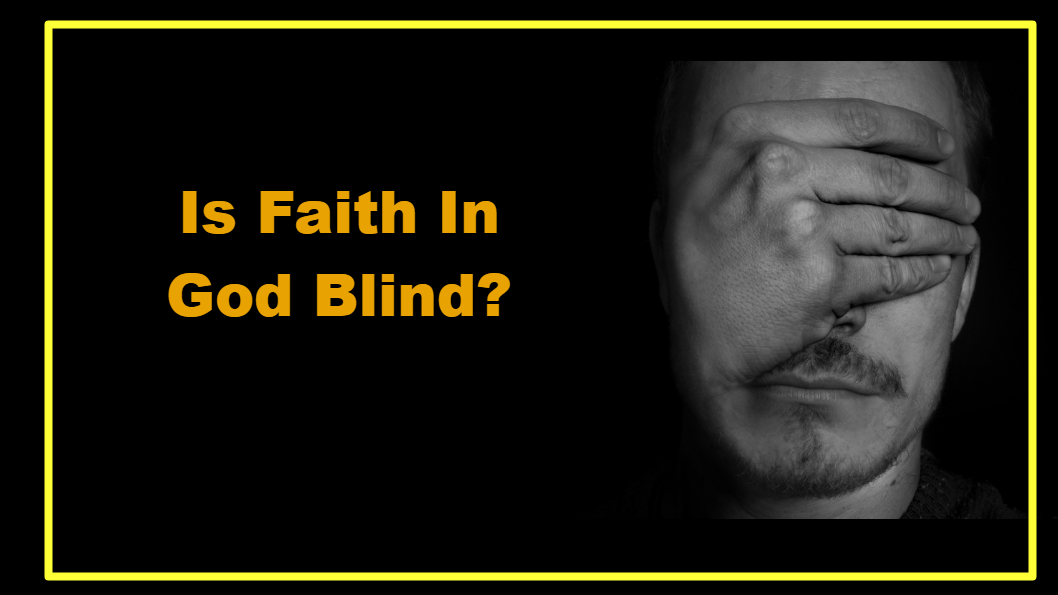Christianity Criticisms: The Bible Is Full of Contradictions
One of the more popular criticisms of Christianity is that its source documents (the books of the Bible) are full of contradictions. Many people see these contradictions as reasons not to trust the authors who wrote them. Did Judas hang himself, or did he fall off of a cliff and spill his insides out onto the ground? How many people went to the tomb the first time? And how many angels were there? One author says 1 and another says 2. And what time did they get there? Before sunrise? After sunrise? While it was still dark?
Seeing the long list of apparent contradictions is enough to shake the foundation of any believer. It’s one of the things popular Christian musician Marty Sampson says caused him to question the truth of Christianity. And, just like him, many Christians have walked away because the authors can’t seem to get their stories straight.
What Do You Mean By Contradiction?
When discussing things with someone it’s important to establish definitions before you give your response. In this case, people most likely think of a contradiction as two statements that can’t both be true at the same time. For instance, if I told one person, “my wife is pregnant” and then told another person only seconds later, “my wife is not pregnant”, those would be two contradictory statements. Either she is pregnant or she isn’t.
But, as is so often the case, context matters. If yesterday I told you she is not pregnant, but today I told you she is, those might not be contradictory. Maybe in the 24 hours it has been since I’ve seen you, she has taken a pregnancy test and determined she is pregnant. Yesterday we didn’t know she was pregnant, so we still said she wasn’t.
Do The Gospel Accounts Have To Be Identical To Be True?
One way we should think of the Gospel accounts is that of eyewitness testimony. When police investigate a crime, they try to keep the witnesses separate. This is because they don’t want people to have a chance to “get their stories straight”. See, each person saw what happened a little differently. And, because of that, their difference in perspective helps investigators get a fuller picture of what really happened. If every single thing they said was identical, it would raise suspicion that they were corroborating what happened.
Here’s an example. My daughter performed in the show Beauty and The Beast recently. If you asked my wife, she would tell you that our daughter played the mother and she sang a song in a dream sequence as Belle moved across the front of the stage. She would have said that the stage was dark, the lights came on, and our daughter started singing. She would say that she couldn’t make out our daughter’s face or the details of her costume because there was a thin curtain and some fog obscuring her view.
If you asked me about the performance, I would say that our daughter was the mother, she performed a song in the dream sequence with fog, and I would describe her costume in great detail. I would also tell you that she came on from stage left and almost stumbled before she got to her mark. I would have left out Belle though because I didn’t see her.
Why are our accounts so different? Well, it’s all a matter of perspective. See, my wife watches the shows from the audience. But, I’m on the stage crew. So, I see everything from the wings. I couldn’t see Belle, because Belle was on the front of the stage and I couldn’t see that. I saw the fog, but it didn’t obscure my view because, from where I stood, the fog was in front of my daughter and I was viewing it from the side. And, the reason I saw my daughter almost hit the ground was because she entered the stage behind a closed curtain that I was behind but the audience couldn’t see.
What matters is that we both agree on the event – that our daughter was the mother in Beauty and The Beast, that she sang a song in the dream sequence, and there was fog present. The other details help to paint a fuller picture. But, they don’t contradict one another.
What Did The Sign Say?
There are numerous passages in the Bible that people will say are contradictory. Each of them requires a specific study to try to understand. I’m only going to look at 3 examples to show you that statements that appear contradictory can often be worked out.
The first example has to do with the sign placed over the head of Jesus while he was on the cross. Matthew recorded it as saying “This is Jesus the King Of the Jews” (Matthew 27:37). Mark recorded it as “The King Of The Jews” (Mark 15:26). Luke wrote, “This Is The King Of The Jews” (Luke 23:38). And, finally, John says the sign read “Jesus of Nazareth The King Of The Jews” (John 19:19). So, which one was it? None of them recorded it the same.
The bigger question is this; why does it matter? The important thing is they all record his alleged crime – calling himself The King of The Jews. Where he was from or the exact use of his name doesn’t change that fact. It also doesn’t change the fact that he was executed on a cross, was placed in a tomb, the tomb was found empty, and his followers report seeing him alive just days later.
Here’s a modern example. The Ohio State Buckeyes play football in a venue whose official name is Ohio Stadium. Most everyone calls it The Horseshoe. A vast majority of OSU fans refer to it simply as The Shoe. So, if a sportscaster says “Ohio State beat Michigan 80-0 here at Ohio Stadium”, and a newspaper reporter says “Michigan got beat at the Horseshoe today”, and someone in Columbus says “That game at the Shoe was great! We beat the Wolverines BAD” is there any doubt who won the game and where it was played? No, there isn’t. All three people gave the same essential report, they just worded it differently
The Numbers Game
The next two examples make the same point but in slightly different ways. First, let’s look at the visitors to the tomb. In Matthew 28:1 it says “Mary Magdalene and the other Mary”. Mark records it as Mary Magdalene, Mary the mother of James, and Salome (Mark 16:1). Luke doesn’t mention Salome, but adds Joanna and “other women” (Luke 23:55 – 24:10). Finally, John only mentions Mary Magdalene (John 20:1).
In the case of the angels at the tomb, the authors seem to differ on how many were there. Matthew says there was one sitting on the stone (Matthew 28:2), Mark says a young man (Mark 16:5), Luke says two angels suddenly appear standing (Luke 24:2-4) and John says two were sitting inside (John 20:12).
At first glance, the authors may seem to disagree with one another. But, notice a couple of things; first off, Mary Magdalene is mentioned in all four accounts. So, they line up there. There is always at least one angel. Also, keep in mind that different reporters mentioning different people who were present doesn’t mean that they refute each other. In fact, the more eyewitnesses we have the more detail gets added to the account.
Let’s say my wife asks a few people about my trip to work. One person says “yeah, I saw Dave get on the bus. Then, he got off, went into the office, and said good morning to Rob”. Then, another person tells her “yeah, I saw Dave get on the bus with a lady and her little girl. He got off the bus, walked into the office, and said ‘Morning’ to Max and Amy.” Then, a THIRD person tells her “yeah, he got on the bus. He was talking to some guy. I got on the bus, too. Dave and that guy were talking the whole way. They talked so much that he missed his normal stop. They both got off the bus together and walked to Dave’s office. Turns out the guy was one of his coworkers. They entered the office. Dave put his lunch in the kitchen and then they said hi to everyone who was there.”
Looking at the above example, what can we know to be consistently true? 1) I got on the bus. 2) I got off the bus. 3) I went into my office 4) I greeted people at the office. Even if some details are not included in each statement, it doesn’t invalidate the previous statements because there are no contradictions. I could have gotten on the bus with a woman and her child AND have been talking to a coworker at the same time. Also, just because one person says I greeted Rob doesn’t mean I didn’t greet anyone else or that he was the only one in the office. Now, it would be contradictory if the first witness said I got on the bus alone and no one else was there and another witness said I got on with a woman and her child. But, saying I got on the bus and then saying I got on the bus with someone else doesn’t mean contradiction.
Different Accounts Give Us A More Complete Picture
As we’ve seen above, differing accounts can actually help us get a more detailed description of the events that took place. If all four statements only mentioned Mary Magdalene we might not know that other people were there with her. Because the different authors thought different details were relevant, we can know more about what happened.
There are many, many passages that critics may claim to be contradictory. There are even some that we may not be able to resolve because the context in which they were written is lost to time. But, the overwhelming majority of these supposed contradictions can be resolved by digging a little deeper and studying what was going on when the passages were written.
Share This Story, Choose Your Platform!
latest video
news via inbox
Subscribe and never miss an update!







